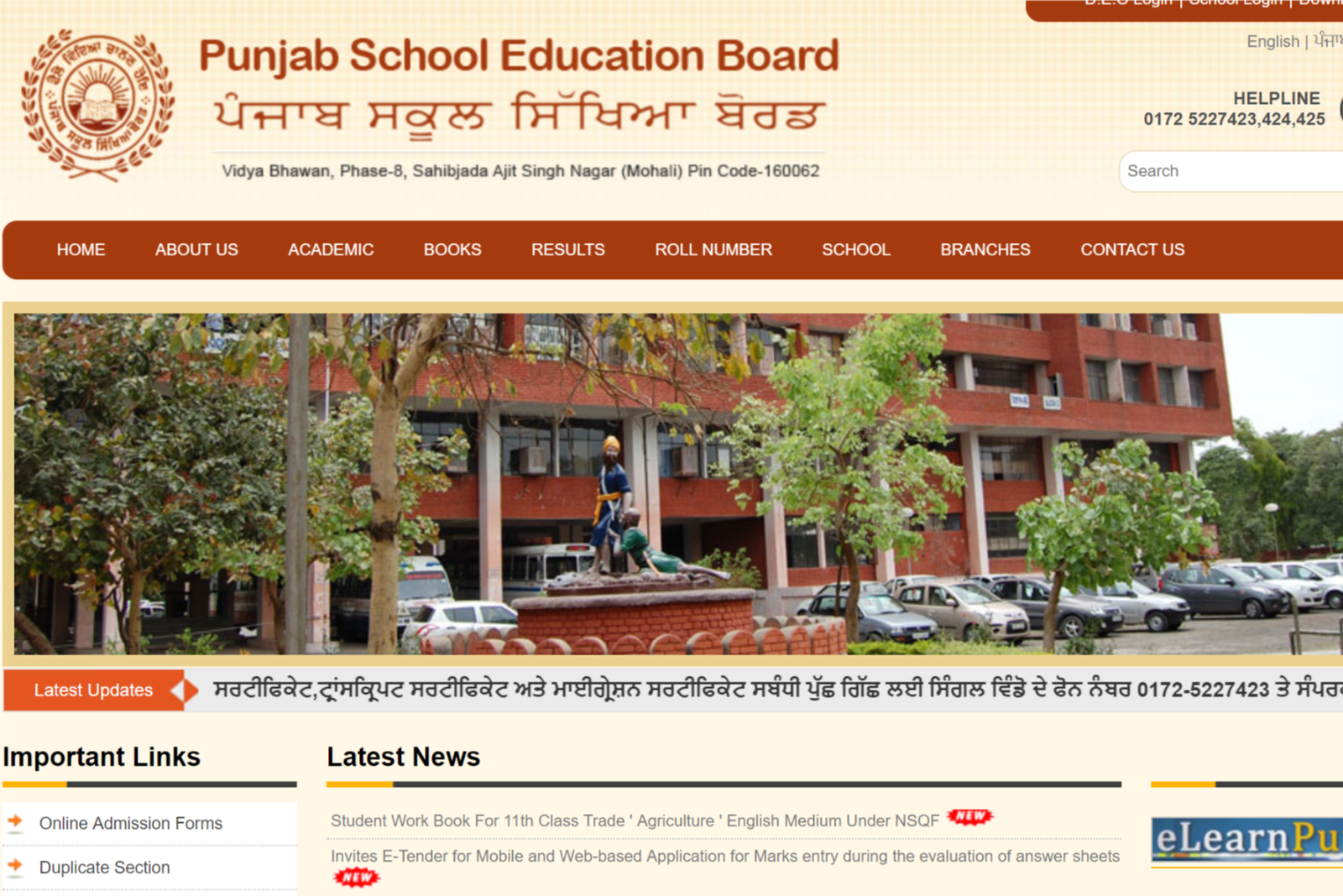NEET PG 2024 Cut-off : The National Eligibility cum Entrance Test for Postgraduate (NEET PG) is a pivotal examination in India, serving as the gateway to various postgraduate medical courses. This standardized test is primarily conducted by the National Board of Examinations in Medical Sciences (NBEMS) and is essential for admission into MD, MS, and diploma programs across medical colleges in India. The significance of the NEET PG examination cannot be overstated, as it plays a crucial role in determining the academic futures of numerous medical graduates.
NEET PG has evolved over the years, witnessing various changes in structure and administration. As the primary entrance test for postgraduate medical education, it reflects the competitive nature of the medical profession. The examination encompasses a wide array of subjects and assesses candidates on their knowledge and application of medical concepts, clinical skills, and problem-solving abilities. The results influence not only individual career trajectories but also contribute to the distribution of qualified healthcare professionals across the country.
Typically, the cut-off scores for NEET PG have varied, largely influenced by factors such as the difficulty level of the exam, the number of candidates, and the overall performance of students. Historical data reveals that cut-offs have exhibited trends reflecting the competitiveness of the exam, often leading to speculation and anxiety among aspirants. Moreover, the qualifications required to appear for NEET PG include holding a recognized MBBS degree and completing a mandatory one-year internship, setting a foundational benchmark for the influx of candidates each year.
As students embark on the journey toward postgraduate education, expectations regarding cut-off scores are often shaped by prior trends and experiences shared among peers. This context is vital for understanding the recent developments concerning the reduced NEET PG 2024 cut-off, especially in relation to the implications it may have for future admissions and the overall landscape of medical education in India.
Factors Leading to the Reduction of NEET PG 2024 Cut-off
The reduction of the NEET PG 2024 cut-off can be attributed to several interconnected factors that warrant careful consideration. One primary cause is the observable trend of declining performance among candidates in recent years. Data suggests that a significant proportion of candidates are struggling to achieve the expected benchmark scores, which raises concerns about the adequacy of preparation and teaching methodologies within medical education. The lower performance rates indicate that many candidates are not able to meet the previously established standards, prompting a reevaluation of the cut-off criteria.
Another crucial factor influencing the cut-off decision is the overall number of candidates appearing for the examination. The NEET PG examination has seen a fluctuating number of applicants, with an increasing trend observed in recent years. This influx can complicate the assessment landscape, as a larger cohort may dilute average performance levels. Consequently, authorities may perceive a need to adjust cut-offs to accommodate the growing number of participants and to maintain equitable access to medical education opportunities.
Changes in exam patterns or syllabi have also played a significant role in shaping candidate preparedness. As the examination format evolves, candidates may find it challenging to adapt to new question styles or areas of focus. These shifts can impact performance and contribute to an overall decrease in scores, which may necessitate a reduction in cut-offs to align with the realities of the current testing environment.
Moreover, the COVID-19 pandemic has had lasting effects on education and training systems worldwide, particularly in the medical sector. Disruptions caused by the pandemic have hindered practical training, clinical exposure, and standardized exam readiness, ultimately affecting candidates’ performance. The cumulative impact of these factors has rendered the necessity for a reduction in the NEET PG cut-off evident, as stakeholders strive to ensure fair evaluation and continued advancement in the medical field.
Consequences of the Reduced NEET PG 2024 Cut-off: Unfilled Seats and Implications
The reduction of the NEET PG 2024 cut-off has significant implications for the medical admission landscape, particularly concerning unfilled seats in various institutions. One primary reason for the underutilization of available seats is the mismatch between candidate preferences and the programs offered. Many students prioritize pursuing specialties that align with their career aspirations, often leading to a reluctance to accept positions in fields that are less favored, regardless of the reduced cut-off. As a result, many seats remain vacant even though the entry requirements have been lowered.
Moreover, geographical disparities significantly influence the filling of seats. Candidates may opt to apply to institutions located in urban centers due to perceived better opportunities, facilities, and quality of education. Consequently, rural and less preferred locations face challenges in attracting candidates, which leads to significant vacancies. Even with a reduced cut-off, institutions in less appealing regions struggle to achieve higher enrollment rates, exacerbating the issue of unfilled seats.
In addition, the admission processes of various colleges can contribute to the problem of under-enrollment. Inconsistent procedures, lack of transparency, and delayed notifications can deter eligible candidates from securing their places. For instance, some candidates may choose to defer their admission or select alternative pathways instead of committing to programs with complicated entry requirements or unclear career trajectories.
The consequences of unfilled seats extend beyond institutional limits, posing potential risks to the healthcare system and medical education. A shortage of qualified medical professionals in certain specialties can lead to compromised healthcare services, particularly in regions that require targeted medical personnel. This imbalance not only affects educational institutions but also raises concerns regarding the overall quality of healthcare delivery as the system grapples with workforce shortages in critical areas.
Looking Ahead: What the Future Holds for NEET PG 2024 Cut-off Admissions
As we analyze the outcomes of the NEET PG 2024 examination and its resultant reduced cut-off, it becomes evident that significant changes may be on the horizon for the NEET PG admissions process. The challenges faced this year, including the underutilization of available medical seats, will likely prompt a reevaluation of both the exam structure and admissions policies. One area of focus for stakeholders will be to improve the alignment between the number of candidates and the vacancies available in medical institutions.
Future examinations may introduce innovative methodologies aimed at optimizing candidate performance and matching it with the requirements of medical programs. Potential reforms could include modifications to the exam format or changes in the candidate selection criteria to ensure a better fit between aspirants and available positions in postgraduate courses. Furthermore, incorporating adaptive testing technology may also be plausible, allowing for a more personalized evaluation of each candidate’s capabilities.
Besides structural modifications, an emphasis on outreach initiatives could also help in garnering interest in NEET PG among aspiring medical professionals. These could include workshops, seminars, and mentorship programs aimed at enhancing awareness of available career paths in medicine. Strengthening academic guidance and resources for prospective candidates might also lead to better preparation and increased participation in future NEET PG examinations.
Moreover, addressing the systemic issues that surfaced during the admissions process will be crucial. Engaging with medical institutions and regulators to ensure that all available seats are filled efficiently will create a more sustainable and effective admission system. Lessons learned from the NEET PG 2024 scenario will guide these reforms, ultimately benefitting future candidates and improving the overall landscape of medical education in India.





